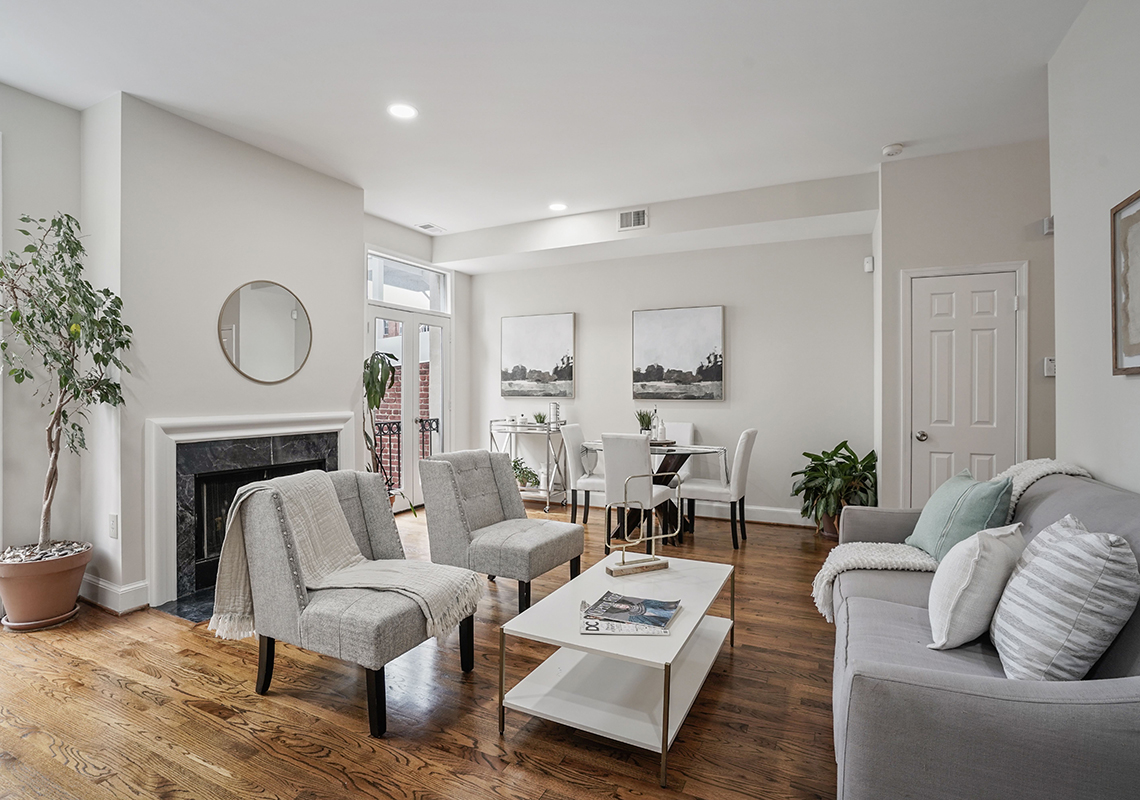Ripple, Wave or Tsunami – Part II
By David Howell, Chief Information Officer, McEnearney Associates
In September we took our first look at comprehensive data to see whether there is evidence of “a flight to the suburbs” in the wake of COVID-19, wondering whether urban dwellers were seeking more elbow room and retreating from more dense living conditions. Two months ago, we said that any movement looked more like a ripple or a wave, and most certainly not a tsunami. With the passage of time and more data to examine, we’re seeing a ripple at best.
If significant movement were to occur, it would first appear in the market for condos and co-ops in Washington, DC. We took a look at the performance of that market from May 1 (when shutdown orders began to be lifted) through the end of October of this year and compared it to the same time last year. We also compared the condo/co-op market to attached and detached homes in DC to provide some additional context. Here’s what we found:
- There was actually a 20% increase in the number of newly ratified contracts on condos and co-ops. That’s actually better than attached homes (up 17%) and detached homes (up 11%).
- Most other key metrics – the average number of days on the market, sales price to list price ratio, and the percentage of homes with a price change before receiving a contract – very closely mirrored that of last year.
But that doesn’t mean there haven’t been changes in the market. The biggest shift has been in the types of condos and co-ops being purchased, and in the inventory of units on the market.
- The number of studio units – no bedrooms – going under contract fell by 15%, and the average inventory doubled.
- One-bedroom unit contracts rose by 8%, and inventory rose by 30%.
- Two-bedroom unit contracts rose by 30%, and inventory rose by 30% as well.
- The largest shift was seen in the biggest units – those with 3 bedrooms or more. Contract activity was up 42% while average inventory was up only 6%.
What does this mean? In general, the market for smaller units is softer, as demand has remained relatively flat while inventory has climbed. This suggests that more unit owners would like to leave behind those smaller units – and that means that prices are softer as well. This may also suggest that at this end of the market COVID has negatively impacted employment, so there are fewer buyers. The market for 2-bedroom units has changed with the increase in demand, but there has also been an equivalent increase in inventory, so the overall relationship between supply and demand is really unchanged. Yet the market for 3-bedroom and larger units (only about 13% of the overall condo market) is actually stronger than last year, with modest upward pressure on prices.
And to provide some additional context, while inventory of condos and co-ops is considerably higher than last year, the reverse is true for attached and detached homes in DC. The average month-end inventory of attached homes is down 40%. And since contract activity is up 17%, there is considerable upward price pressure as more buyers are competing for much thinner inventory. The same is true for detached homes in DC. Average inventory is down 54%, and with an 11% increase in the number of buyers, prices are climbing.
The softer condo market combined with a much stronger market for attached and detached homes in DC does suggest a modest shift in the most urban of the markets in the metro area to buyers looking for larger quarters, but there is no evidence of a big rush to the suburbs.
Check back with us soon for a similar look at the numbers in suburban Maryland and Northern Virginia.
[divider height=”30″ style=”default” line=”default” themecolor=”1″]

 Facebook
Facebook
 X
X
 Pinterest
Pinterest
 Copy Link
Copy Link







